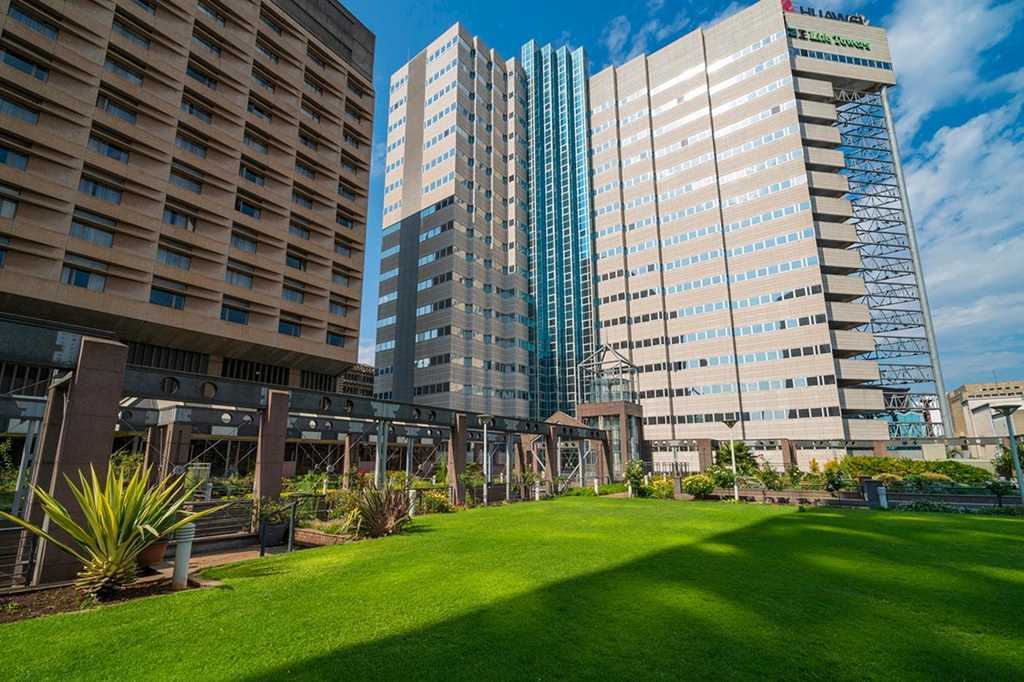
By Nyashadzashe Ndoro - Chief Reporter
Mashonaland Holdings Limited's half-year results show resilience through modest revenue growth and stable occupancy, yet the company's performance also reflects the broader challenges in Zimbabwe's real estate market, particularly how the proliferation of informal traders has negatively affected the Central Business District (CBD) and forced property owners to reconfigure spaces for higher yields.
Mashonaland Holdings Limited, one of Zimbabwe’s leading property owners and developers, has released its reviewed condensed consolidated financial statements for the six months ended 30 June 2025.
The results point to resilience in a cautious operating environment, with the company recording modest revenue growth and stable occupancy despite ongoing economic challenges.
The first half of 2025 saw a relatively stable but subdued operating environment in Zimbabwe, characterized by a slowdown in inflation and a stable exchange rate. These conditions, supported by the government’s tight monetary policies, have tempered the economic fragility that stems from low global commodity prices and uncertainties surrounding the country’s currency outlook.
The real estate sector is forecasted by the Ministry of Finance to grow by 5.4% in 2025, up from 2.1% in 2024. Demand is primarily driven by occupiers seeking convenience and investors focused on capital preservation amid economic uncertainties.
The retail property segment remains mixed; while suburban shopping centers continue to thrive, Central Business District (CBD) retail space has been impacted by informal traders, forcing property owners to reconfigure such areas for higher yields. The office market is stressed, with high vacancies in the CBD and a shift in demand toward smaller, energy-efficient offices in suburban areas.
Related Stories
Mashonaland Holdings posted a total revenue of approximately US$3.66 million, marking a modest 1% increase compared to the previous year. Rental income was a bright spot, rising 15% to US$3.13 million, buoyed by the onboarding of tenants to the newly completed Pomona Commercial Centre. The group's overall occupancy rate held steady at 88%, with rental collections performing well at 92%.
However, the profit after tax decreased sharply by 36% to US$1.57 million from US$2.38 million the previous year. This was largely attributed to fair value losses on investments held for trading, reflecting market volatility. The Group’s investment properties were valued at US$93.1 million at mid-year, slightly up from US$91.6 million at the end of 2024, reflecting a modest 1% capital gain.
Mashonaland’s ongoing development projects augment the company’s growth outlook. The Pomona Commercial Centre, which offers 14,000 square meters of lettable space geared toward wholesaling and warehousing, achieved practical completion in late 2024. Currently, 6,500 square meters of this space are leased, with tenant operations underway.
The Van Praagh Day Hospital Project was completed and handed over, commencing rental income from early 2024. The facility officially opened for operations on 1 July 2025, bolstering rental revenues.
The Greendale cluster housing stands project progressed well, with sewer, water, road, and stormwater infrastructure installed by August 2025. All stands have been sold off plan, signaling strong demand for quality residential developments.
Looking forward, the Ministry of Finance projects Zimbabwe’s economy will grow by 6.0% in 2025, supported by agriculture and mining sectors, alongside continued monetary discipline. Yet, the pace and sustainability of property sector growth hinge heavily on policy consistency and investor confidence.
Mashonaland Holdings anticipates a segmented property market, with strong demand expected for USD-linked leases in prime and suburban locations. Industrial and logistics properties linked to mining activities also present growth prospects. Given these dynamics, the company intends to prioritise commercializing its investment properties and focus on high-yield development projects, especially in affordable housing.


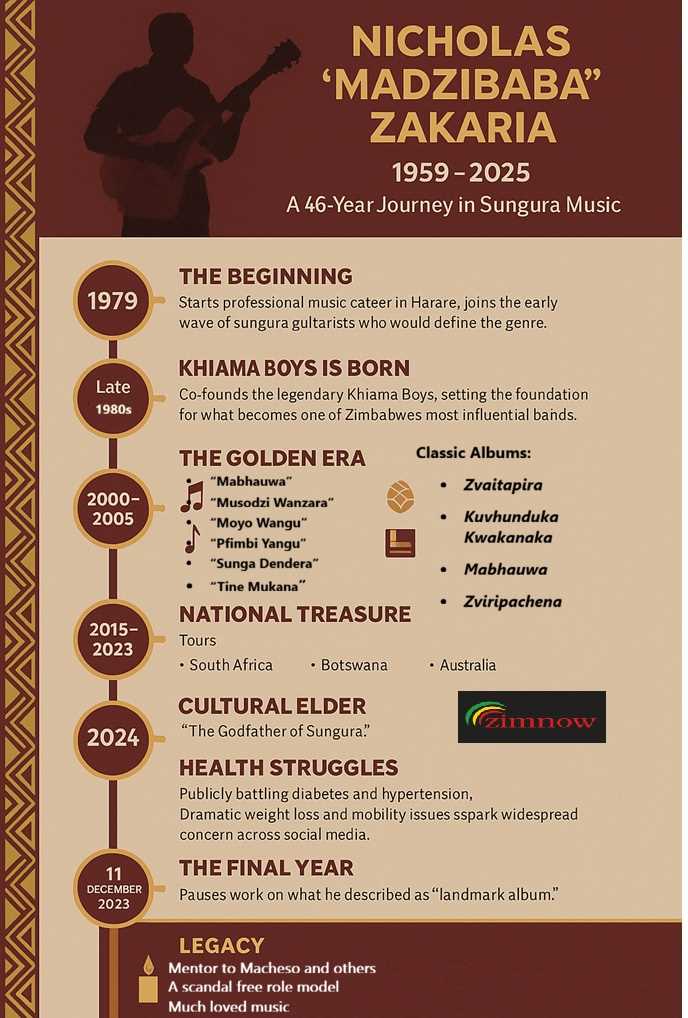


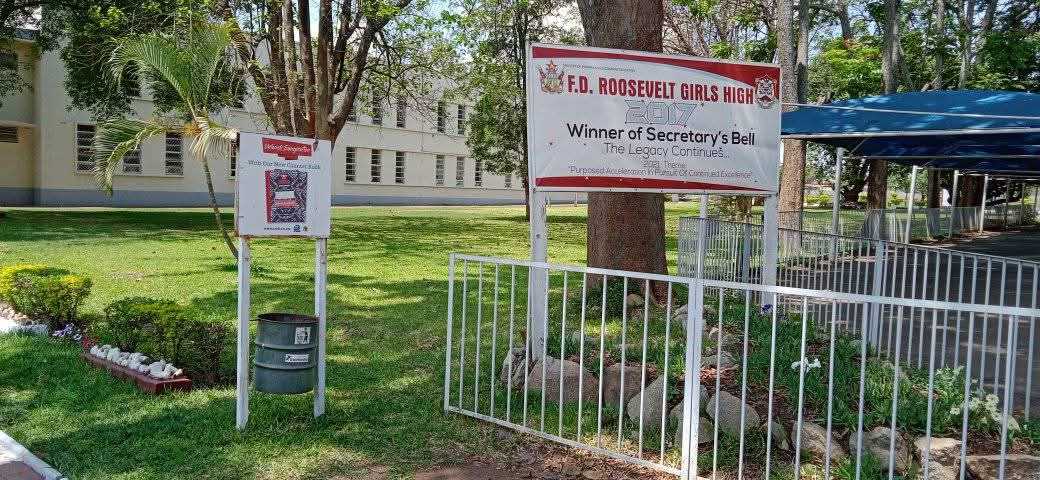




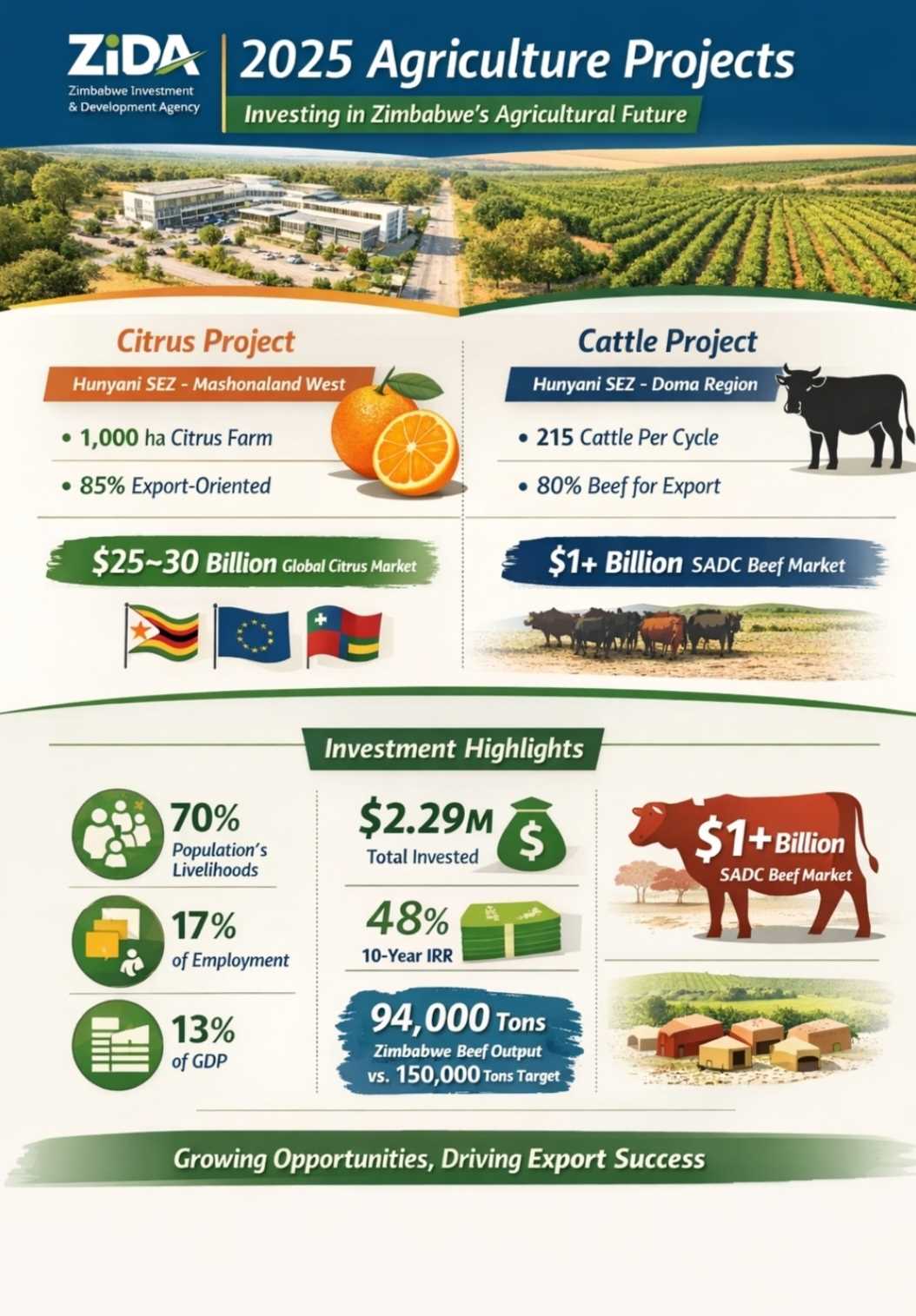

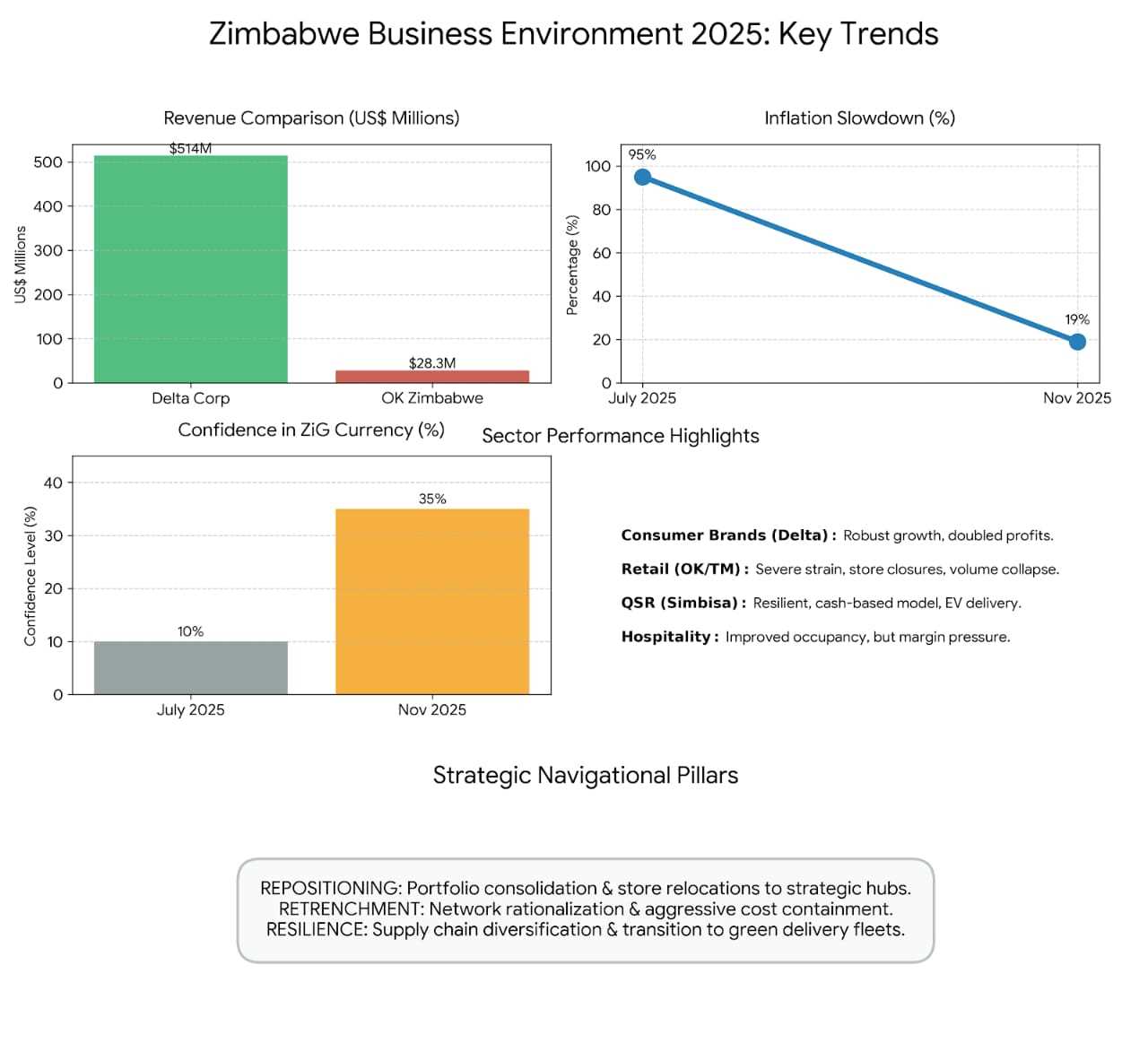




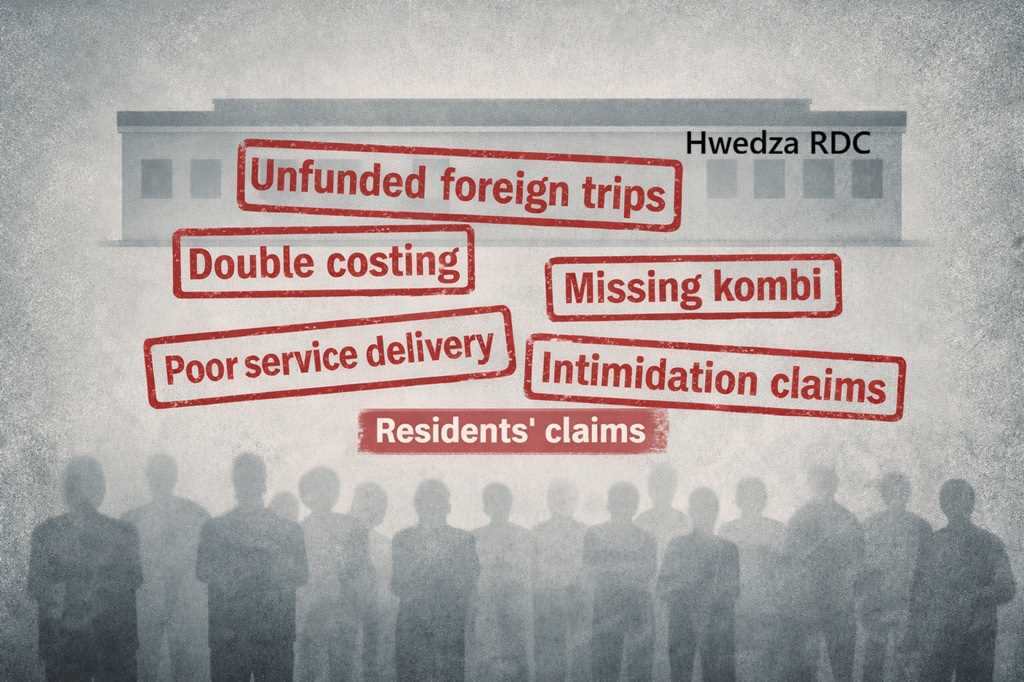


Leave Comments